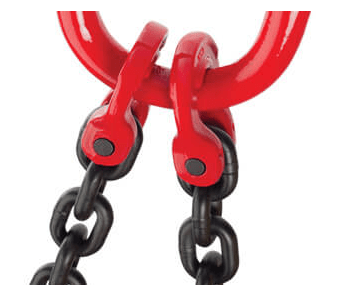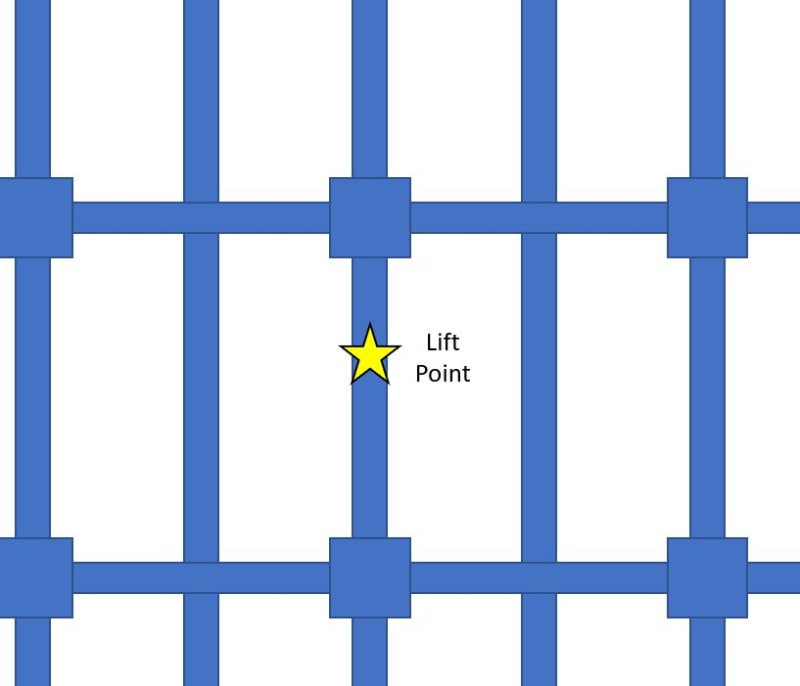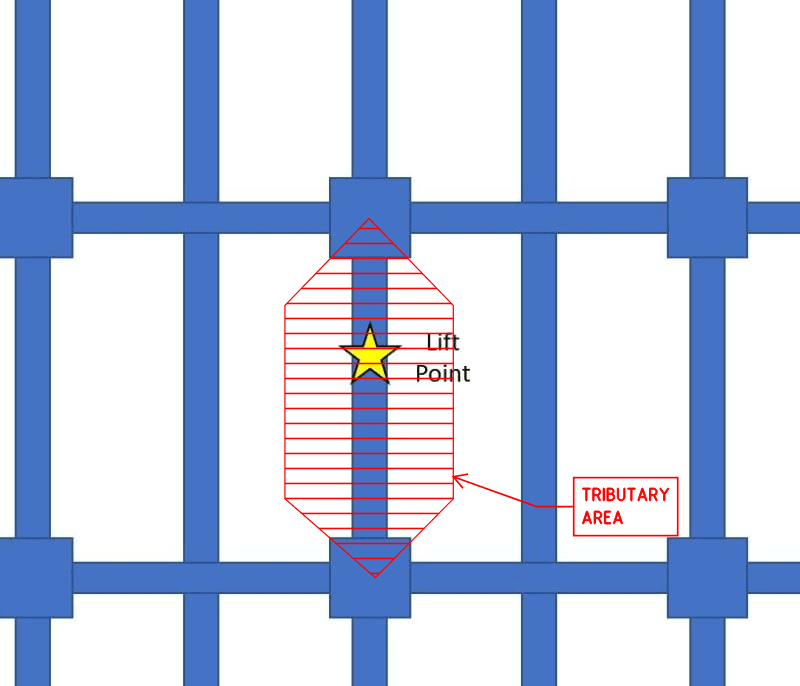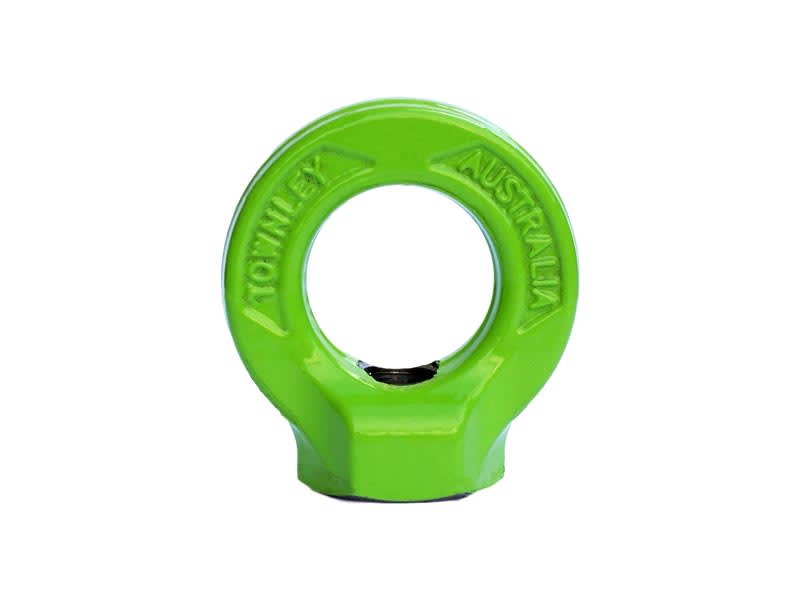toothless48
Mechanical
Hello, I work in a small R&D lab. Our CTO had our technician set up a lifting point using a concrete beam in the ceiling of our lab (a week when I was out). I would like to validate the strength of this setup to make sure it is safe, since it was done very ad-hoc.
The setup is a 3/4"-10 double threaded stud through an existing ~3/4" conduit sleeve in a concrete beam. The beam's dimensions are 12" in height and 12" in width. The sleeve is 8" from the bottom of the beam. The two ends of the stud are nutted + pinned, and are used to hang chain for a chainfall.
I have done a hand calculation for the stud (125 ksi min tensile strength) assuming two-point beam bending. Using a factor of safety of 5, I found it to have a 700 lb capacity (350 lb vertical load per side).
My question is: how can I validate the strength of the concrete / what should I consider for that analysis? I do not have a lot of experience with concrete analysis, so I would appreciate any insight or references. I do not have access to any of the building plans or technical information. I would also appreciate feedback if it is a bad idea to even try to do a validation for this - I am just trying to do due diligence one way or the other.
Some folks in the office already lifted 600 lb with the setup (again, I was not involved when they did). If we do decide on an actual load capacity, we will test it at 125%.
Thank you
Mike
The setup is a 3/4"-10 double threaded stud through an existing ~3/4" conduit sleeve in a concrete beam. The beam's dimensions are 12" in height and 12" in width. The sleeve is 8" from the bottom of the beam. The two ends of the stud are nutted + pinned, and are used to hang chain for a chainfall.
I have done a hand calculation for the stud (125 ksi min tensile strength) assuming two-point beam bending. Using a factor of safety of 5, I found it to have a 700 lb capacity (350 lb vertical load per side).
My question is: how can I validate the strength of the concrete / what should I consider for that analysis? I do not have a lot of experience with concrete analysis, so I would appreciate any insight or references. I do not have access to any of the building plans or technical information. I would also appreciate feedback if it is a bad idea to even try to do a validation for this - I am just trying to do due diligence one way or the other.
Some folks in the office already lifted 600 lb with the setup (again, I was not involved when they did). If we do decide on an actual load capacity, we will test it at 125%.
Thank you
Mike




